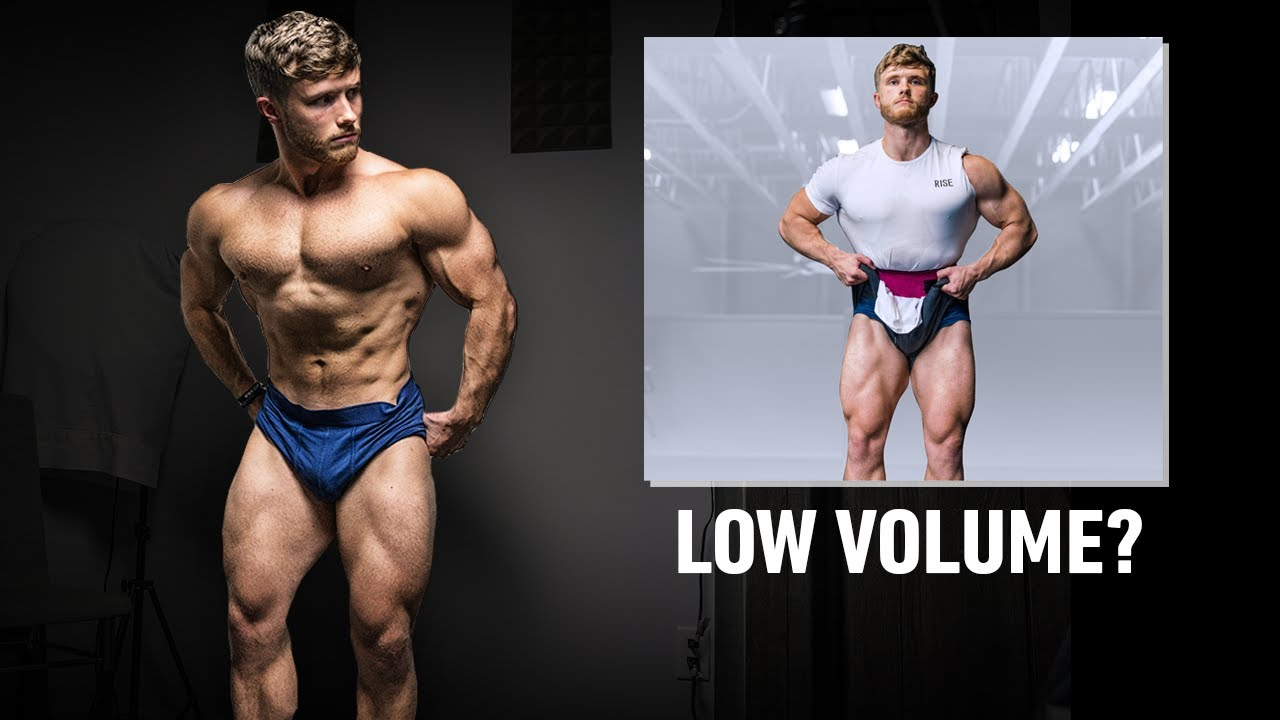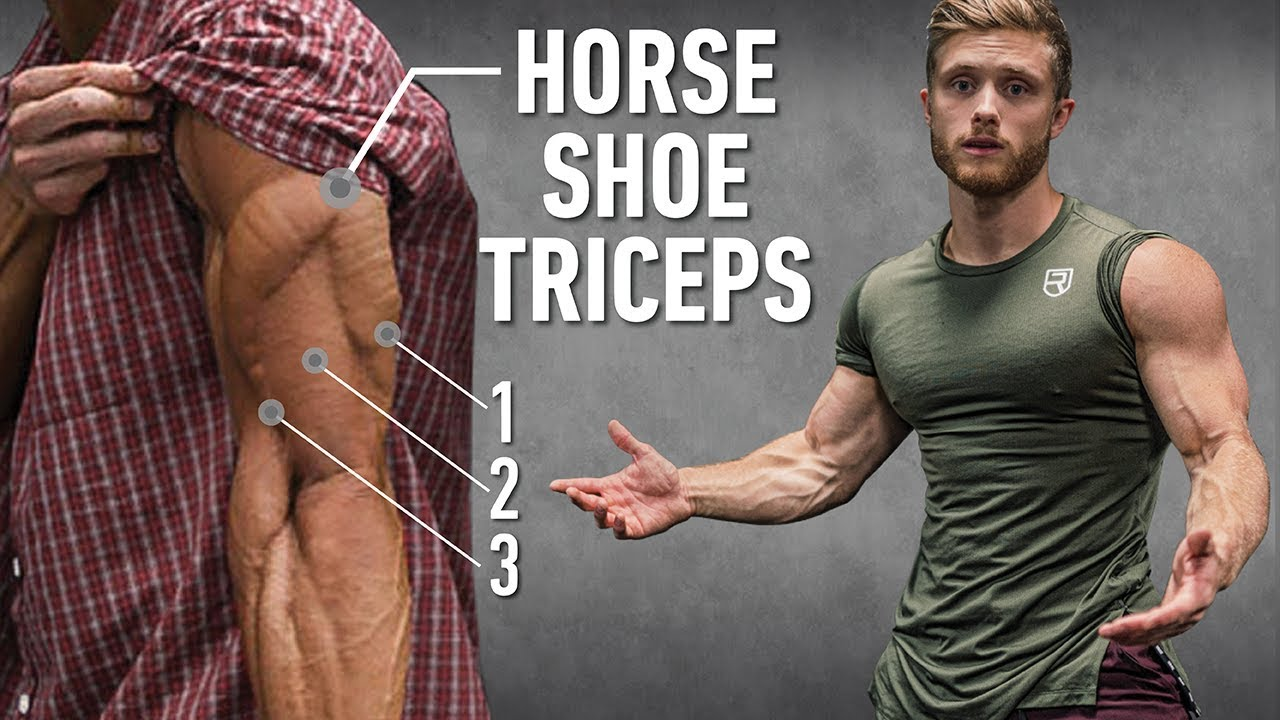Inside an Advanced Leg Day: Training, Programming, and Nutrition for Maximum Results
Balancing science-based training principles with real-world application is key for anyone serious about building muscle and improving performance. While research can guide us toward the most effective exercises and programming strategies, applying these methods in the gym often looks different for experienced lifters.
In this article, I’ll walk you through a full advanced lower-body workout, including warm-up drills, exercise selection, and training philosophy. I’ll also share insights into protein intake, program adjustments, and underrated exercises that can elevate your results. Whether you’re an intermediate lifter looking to level up or an advanced trainee seeking refined techniques, you’ll find plenty of actionable tips here.
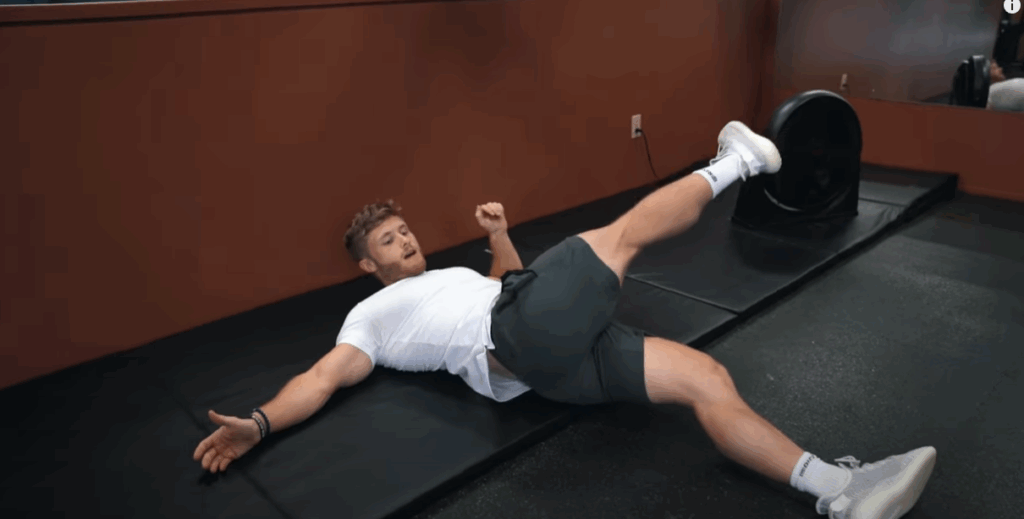
Balancing Science and Practical Training
Many lifters get caught up in whether they should follow “optimal” scientific recommendations or train based on what feels best for them. The truth? You need both. Science gives us principles to follow, but individual adjustments are what make a program truly effective.
For example, I often share research-backed advice in my videos, but not everything I do personally aligns perfectly with what’s considered “optimal.” Some techniques are simply what work best for my body, and that’s an important consideration for any lifter.
Leg Day Warm-Up: Priming the Body for Heavy Lifting
1. Stairmaster Warm-Up
I always start with 5 minutes on the Stairmaster to increase body temperature and improve joint mobility. This quick cardio session is enough to get blood flowing without draining energy for the heavy lifts ahead.
2. Timberwolf Mobility Series
Recently, I’ve been incorporating a dynamic mobility sequence inspired by Timberwolf Training. Here are three of my favorite drills:
- Hollow Body Hold – Lying on your back, extend your arms overhead and lift your legs off the ground. Focus on driving your lower back into the floor.
- Side-to-Side Lower Back Stretch – Lying on your back, rotate your legs from side to side to loosen up the hips and lumbar spine.
- Rotational Hip & Upper Back Stretch – Lying sideways, extend one leg across your body while reaching your opposite arm outward. This is excellent for opening up the glutes and thoracic spine.
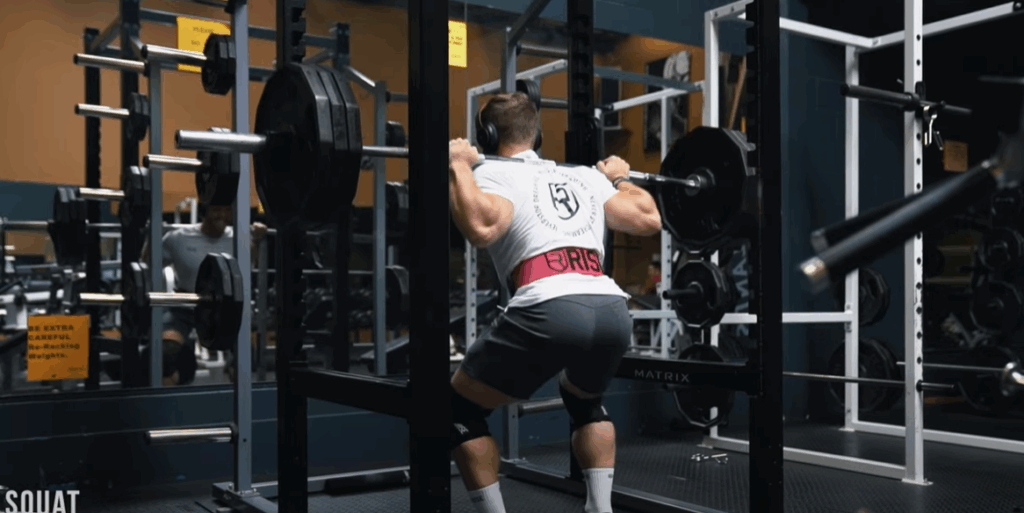
A proper warm-up should take 8–10 minutes, leaving you prepared for heavy squats while reducing injury risk.
Leg Workout Breakdown
This leg session is designed for intermediate to advanced lifters running an upper/lower split. The focus is progressive overload with moderate-to-high volume.
1. Squats – 3 Sets of 8 Reps
Why: Squats remain the cornerstone of leg development, targeting the quads, glutes, and hamstrings simultaneously.
Load & Intensity: I performed 3 sets of 8 at ~70–75% of my one-rep max (315 lbs), staying in the RPE 7–8 range. Each set left me winded, requiring 3–5 minutes of rest—a sign the intensity was right.
Pro Tip: If you’re finishing squat sets feeling fresh, the issue isn’t program volume; it’s your intensity. Push each set close to technical failure while maintaining good form.
Advanced Variation: In future blocks, I plan to add a heavy top set (1–2 reps at ~85–90% 1RM) before volume work. This method improves neural adaptation and confidence under heavier loads without interfering with hypertrophy training.
2. Walking Lunges – 3 Sets of 15 Reps Per Leg
Why: One of the most underrated lower-body exercises, walking lunges provide excellent unilateral work, improve stability, and build the quads and glutes through a deep range of motion.
Execution Tip: Focus on driving your front heel into the ground rather than pushing off the back leg. If you feel it too much in your calves, you’re likely relying on momentum instead of proper muscle activation.
3. Dumbbell Step-Ups – 3 Sets of 10 Reps Per Leg
Why: Unlike squats, step-ups eliminate the stretch reflex, forcing you to generate power from a dead stop—fantastic for quad and glute development.
Setup: The step height should create a 90-degree knee angle when your foot is on the bench.
Progression Tip: Train your weaker leg first and match reps with the stronger leg to address imbalances.
4. Reverse Hypers (Improvised) – 3 Sets of 20 Reps
Not every gym has a reverse hyperextension machine, but you can improvise. I used a stability ball on a bench with a medicine ball between my legs.
Why: This exercise strengthens the glutes and spinal erectors while being low-impact.
Execution Tip: Use a slow tempo and hold the top position with a hard glute squeeze.
5. Standing Cable Hip Abductions – 3 Sets of 10 Reps
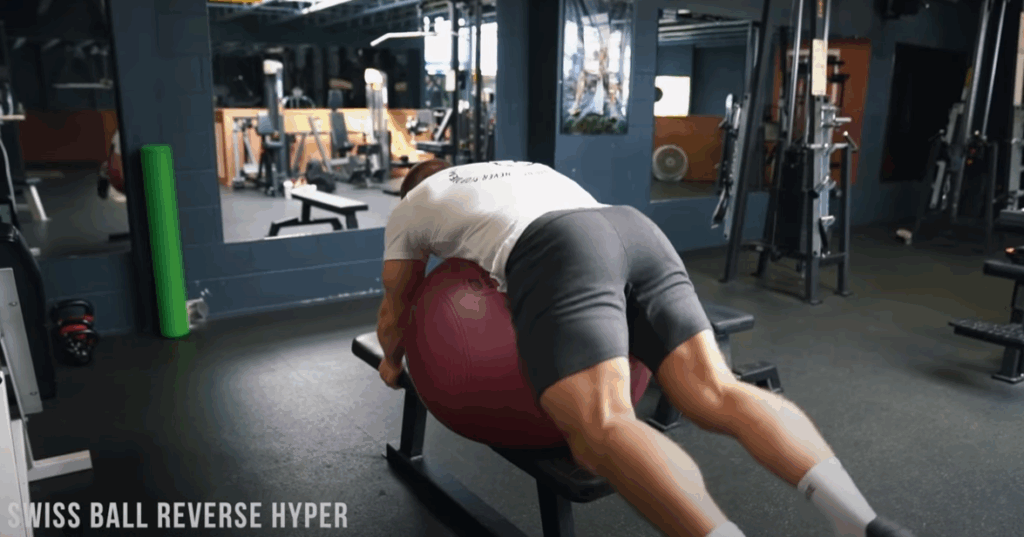
Most lifters neglect hip abduction work, but strengthening the glute medius can improve squat stability and reduce knee valgus (“knees caving in”).
Why Standing? Unlike seated abduction machines, standing places your hips in a different angle of extension, targeting the muscle fibers differently.
6. Core Finisher – Plank Holds
I finished with 3 sets of 30-second planks using advanced cues (posterior pelvic tilt, ribcage down, and glute squeeze). Done correctly, 30 seconds feels far harder than a casual 2-minute plank.
Protein Intake & Nutrition Insights
Post-workout, I had a 50g protein shake (two scoops) along with my usual meals.
Many people debate how much protein is “too much.” My view? Higher protein intake acts as an insurance policy for muscle growth, especially when in a calorie deficit.
The general guideline is 0.8–1g of protein per pound of body weight, but going slightly above that isn’t harmful as long as you maintain adequate carbs and fats for energy and hormone health.
Adjusting Training Volume for Your Level
A frequent question I get is whether this program has “too much” or “too little” volume. Here’s my stance:
- If it feels too easy: You’re not training hard enough. Push closer to failure on each set.
- If it feels too hard: Remove 1–2 accessory sets or reduce overall volume temporarily.
This program is designed for intermediate to advanced lifters who can handle higher workloads. Beginners should start with fewer accessory movements and focus on mastering compound lifts first.
Final Thoughts
This advanced leg workout combines science-based principles with practical experience, ensuring you build muscle effectively while minimizing injury risk. Key takeaways:
✅ Prioritize intensity over excessive volume
✅ Include unilateral and hip stability work for long-term joint health
✅ Warm up properly with mobility drills
✅ Support recovery with adequate protein intake
Stick with this approach for 8–12 weeks, progressively increasing weight or reps, and you’ll see significant improvements in leg strength, size, and overall performance.


